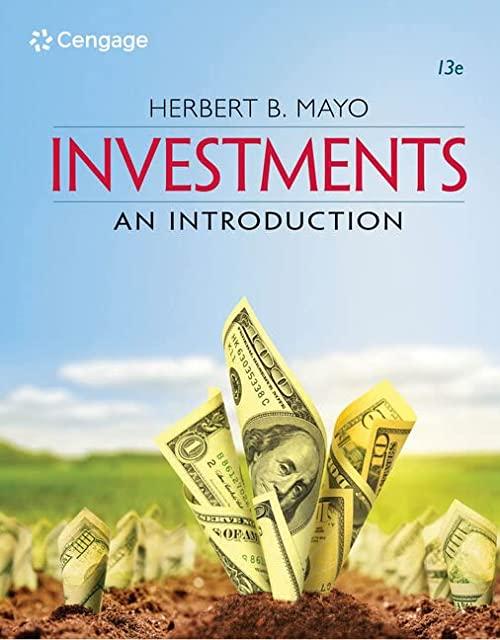





Find the present values of these ordinary annuities. Discounting occurs once a year. Do not round intermediate calculations. Round your answers to the nearest cent. a. $500 per year for 10 years at 6%. $ 4860.5 b. $250 per year for 5 years at 3%. $ C. $700 per year for 5 years at 0%. $ d. Rework previous parts assuming they are annuities due. Present value of $500 per year for 10 years at 6%:$ Present value of $250 per year for 5 years at 3%: $ Present value of $700 per year for 5 years at 0%: $ An investment will pay $50 at the end of each of the next 3 years, $250 at the end of Year 4, $300 at the end of Year 5, and $550 at the end of Year 6. If other investments of equal risk earn 5% annually, what is its present value? Its future value? Do not round intermediate calculations. Round your answers to the nearest cent. Present value: $ 950.0 Future value: $ 1273.1 You borrow $115,000; the annual loan payments are $6,650.46 for 30 years. What interest rate are you being charged? Round your answer to the nearest whole number. % a. Find the present values of the following cash flow streams at a 3% discount rate. Do not round intermediate calculations. Round your answers to the nearest cent. 0 1 2 3 4 5 Stream A SO $100 $400 $400 $400 $300 Stream B $0 $300 $400 $400 $400 $100 Stream A: $ Stream B: $ b. What are the PVs of the streams at a 0% discount rate? Round your answers to the nearest dollar. Stream A: $ Stream B: $ Find the future values of the following ordinary annuities: a. FV of $200 paid each 6 months for 5 years at a nominal rate of 6% compounded semiannually. Do not round intermediate calculations. Round your answer to the nearest cent. $ b. FV of $100 paid each 3 months for 5 years at a nominal rate of 6% compounded quarterly. Do not round intermediate calculations. Round your answer to the nearest cent. $ C. These annuities receive the same amount of cash during the 5-year period and earn interest at the same nominal rate, yet the annuity in part b ends up larger than the one in part a. Why does this occur? -Select- Simon recently received a credit card with a 12% nominal interest rate. With the card, he purchased an Apple iPhone 7 for $352.65. The minimum payment on the card is only $10 per month. a. If Simon makes the minimum monthly payment and makes no other charges, how many months will it be before he pays off the card? Do not round intermediate calculations. Round your answer to the nearest whole number. month(s) b. If Simon makes monthly payments of $35, how many months will it be before he pays off the debt? Do not round intermediate calculations. Round your answer to the nearest whole number. month(s) c. How much more in total payments will Simon make under the $10-a-month plan than under the $35-a-month plan. Do not round intermediate calculations. Round your answer to the nearest cent. $












